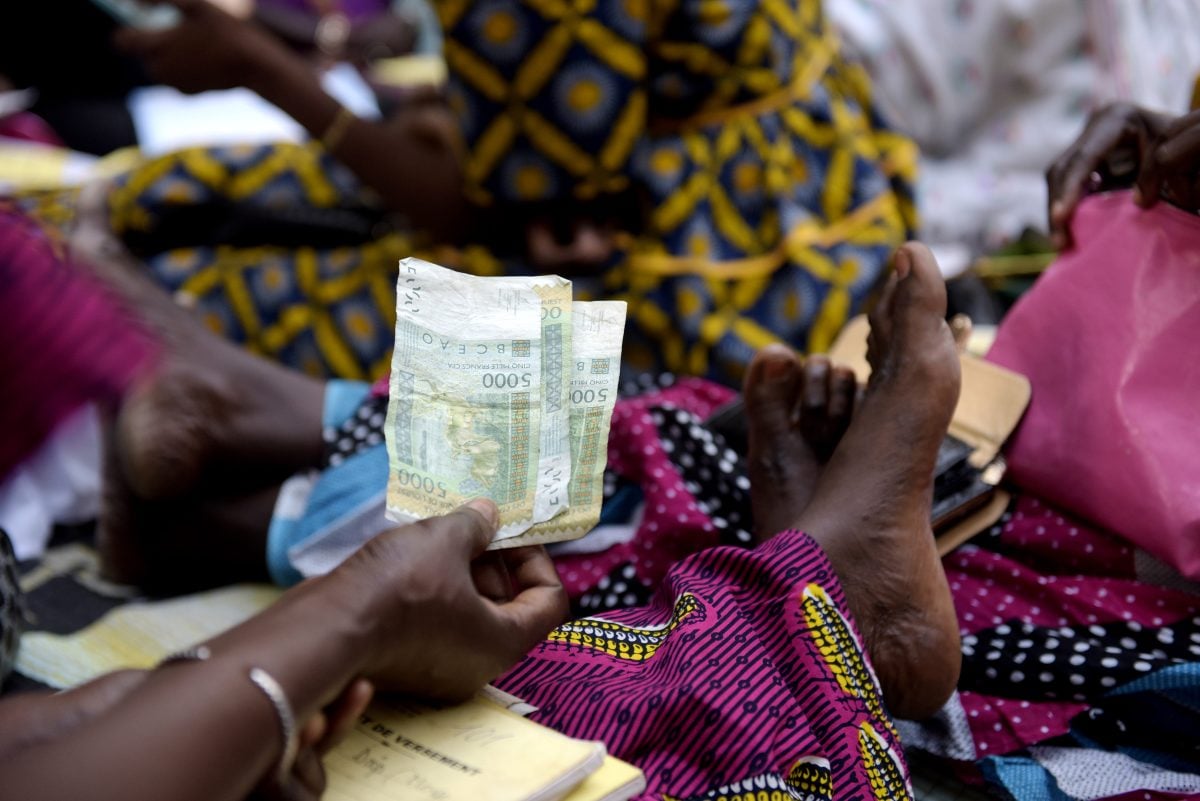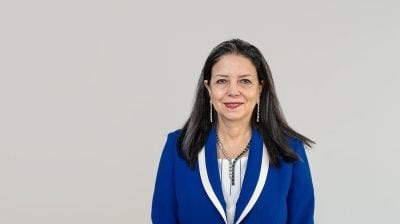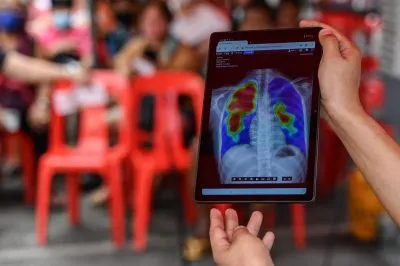In whichever African country you visit, you will find that African women have invented a simple but ingenuous way of raising money. They each make a small contribution to a collective pot every month. The proceeds are then pooled and given to a member of the circle. The money can then be used to buy utensils, water-tanks for the homestead and, often, to pay for school fees or other expenses a woman might have.
These homegrown credit unions, known as chamas in East Africa, stokvels in Southern Africa or simply merry-go-rounds, are a uniquely African solution to a very particular challenge – the lack of financial inclusion within the banking industry and immature credit markets.
Within higher education on the continent, challenges need to be met with an equivalent localised ingenuity. According to UNESCO, tertiary enrollment rates in Africa average around 12%, whereas in India, this number is estimated to be about 26%.
Nigeria graduates about 1.7m students from high schools each year, yet its universities have the capacity to absorb, at most, 400,000 of these graduates. For Sub-Saharan Africa to reach India’s level of tertiary enrolment by 2030, we would need to build 250 new universities, the size of Harvard, annually for 13 years.
At the same time, the efficacy of preparing graduates for employment in existing intuitions has to be improved dramatically.
Alongside challenges of capacity, there is the inevitable issue of affordability. Quality higher education is costly and is beyond the means of many African families. Traditionally, African governments have picked up either the partial or full cost of higher education, but this is an increasingly unviable option.
National education budgets are perpetually overstretched. African governments already spend almost a third of their budgets on primary and secondary education, leaving little left for tertiary education.
Low household incomes also mean that traditional lenders like banks and credit unions are apprehensive of extending educational loans to students or their families. In the rare instance where banks offer education financing, interest rates can be as high as 40%, and demands for collateral to secure the loan make it out of reach for most families.
Student–investor contract
One alternative to traditional student financing in Africa could be Income Share Agreements (ISAs). ISAs are a way for private markets to be directly involved in financing tertiary education and could become a major funding source for students without marginalising those from low-income backgrounds.
An ISA is a contract between an investor and a student, where the student commits a percentage of their future income for a fixed amount of time in exchange for education financing.
ISAs have been tested in other parts of the developing world with great success. An example is Lumni, a student financing company in Latin America. Lumni was conceived by two Colombians, Miami-based Felipe Vergara, and academic Miguel Palacios. Lumni offers up to $10,000 to cover the costs of attending university to students who would have otherwise foregone a university education because of lack of finance. To date, Lumni has invested in the futures of over 9,000 students, with excellent returns to investors.
An ISA is not a loan. It is a legal agreement whereby an investor funds a student’s education on the understanding that the student will pay back a predetermined percentage of their income for a fixed period of time, regardless of their income at the time. For instance, a student could agree to pay 4% of their income over 10 years. Students are not expected to pay during periods when they are unemployed.
In this way, repayment amounts adjust to students’ future income levels, and the approach is therefore fairer than loans, where repayments with high interest are due each month, irrespective of the borrower’s ability to pay. This distinction would make ISAs a perfect financing option for African students.
For one, ISAs mean that students from low-income households can take charge of their own financing, regardless of their financial circumstances. They also improve career choices because students do not have to only pursue careers that would enable them to service debt, but options they have a passion for.
ISA scheme comes to Africa
An ISA scheme has recently been launched at the African Leadership University, financed by the African Leadership Finance Company (ALFC), an independent finance company that is pooling investor capital to provide financing to students across Africa using income-sharing agreements. An essential byproduct of this financing scheme is what it will do for the quality of tertiary education in Africa. It will provide a powerful incentive for African educational institutions to ensure their graduates can find jobs.
The message is clear: if a university wants to continue receiving fees from the finance company, it will need to make sure its graduates can find jobs. In this way, one generation of students ‘pays it forward’ to enable the next generation of students to gain access to education.
ISAs also give a powerful signal to young people in Africa — that students do not need to rely on the generosity of a donor or the government to finance their education. Instead, they can use their own talent to do so. This is yet another form of the independence we need to achieve if we are to continue the project of pan-African liberation our continent’s founding fathers started 60 years ago.
ISAs are suitable for a diversity of investors. In the African context, this could be through long-term investment vehicles like state or private pension funds and insurance companies. But even smaller credit unions like the chamas and stokvels of the informal financial markets can invest in ISAs.
Governments, too, can invest in ISAs. The Australian government, for example, has chosen a form of income sharing arrangements to finance its public education system. Today, about a third of its national budget for higher education comes from this scheme.
In principle, ISAs are a very African solution. Like the work of mothers and grandmothers who meet every month to save together in merry-go-rounds across the continent, ISAs could also serve as a communal gathering of African assets to achieve a common and pertinent goal – in this case, educating an entire generation.
Indeed, it may be the only way to provide our young people with freedom from the slavery of traditional student loans and to protect them from the tyranny of poverty due to a lack of education.
Want to continue reading? Subscribe today.
You've read all your free articles for this month! Subscribe now to enjoy full access to our content.
Digital Monthly
£8.00 / month
Receive full unlimited access to our articles, opinions, podcasts and more.
Digital Yearly
£70.00 / year
Our best value offer - save £26 and gain access to all of our digital content for an entire year!
 Sign in with Google
Sign in with Google 



